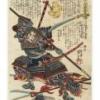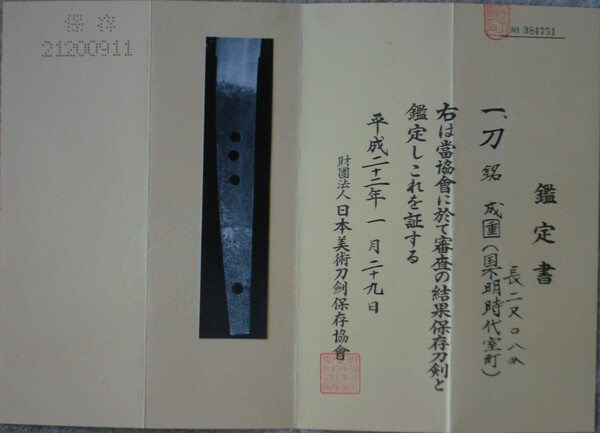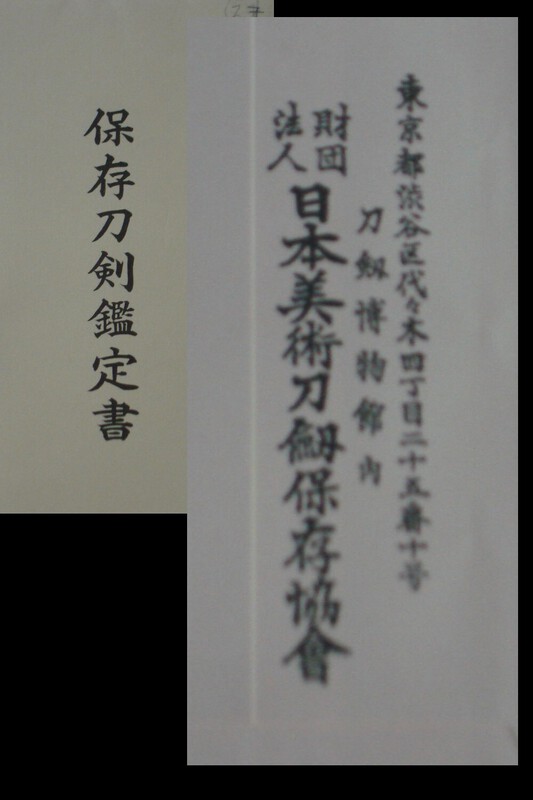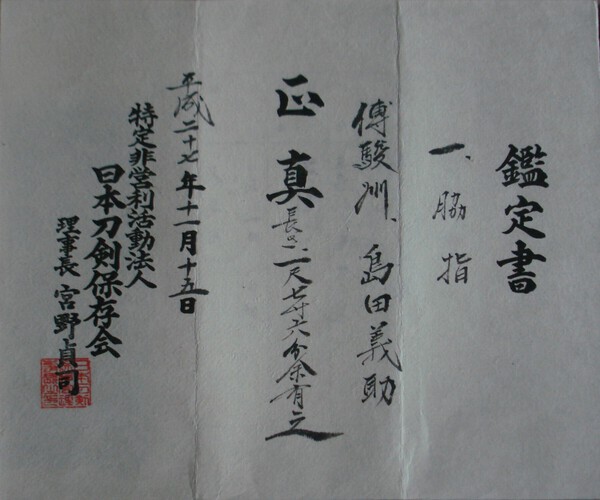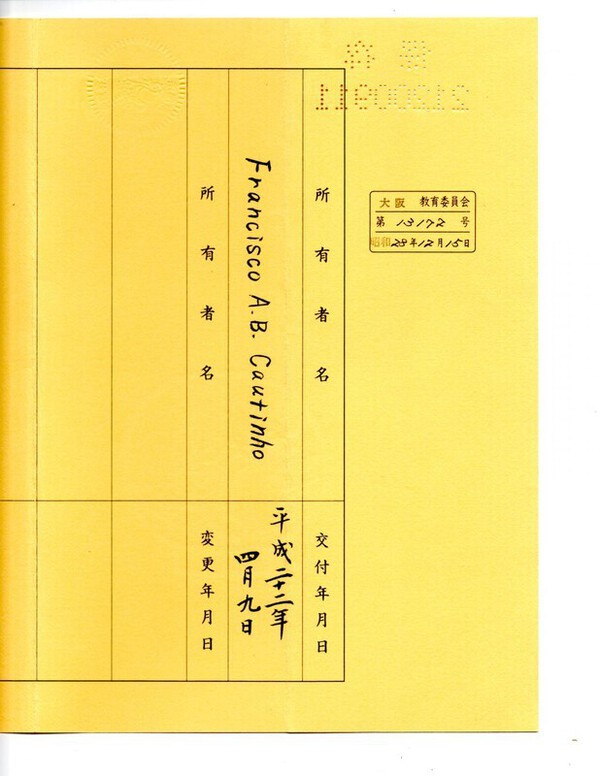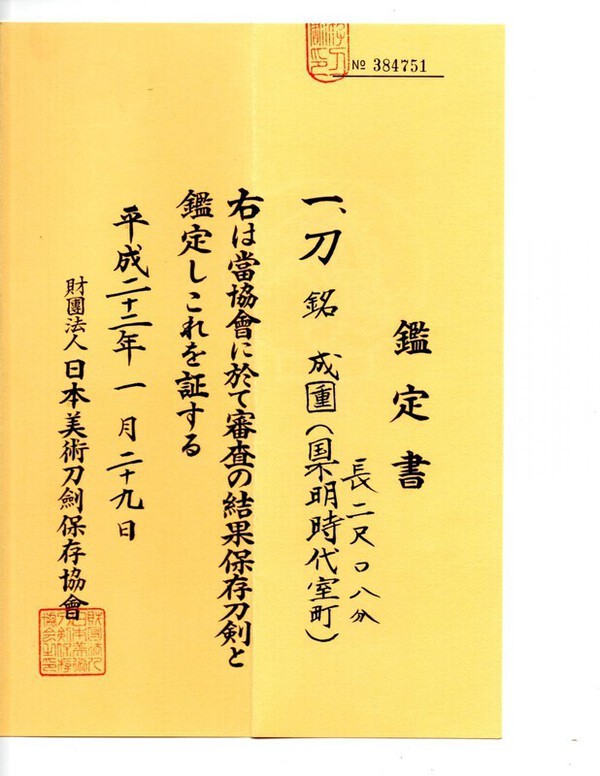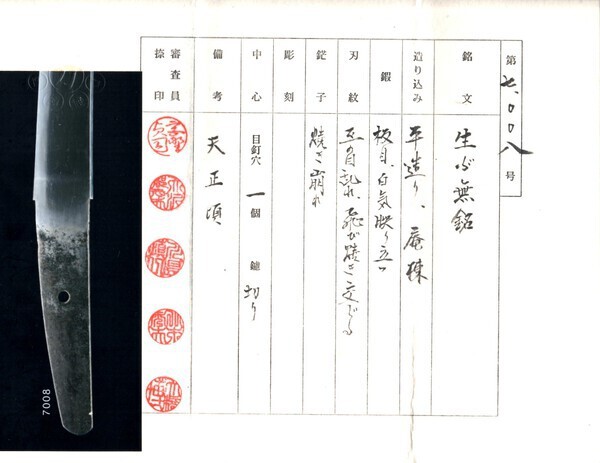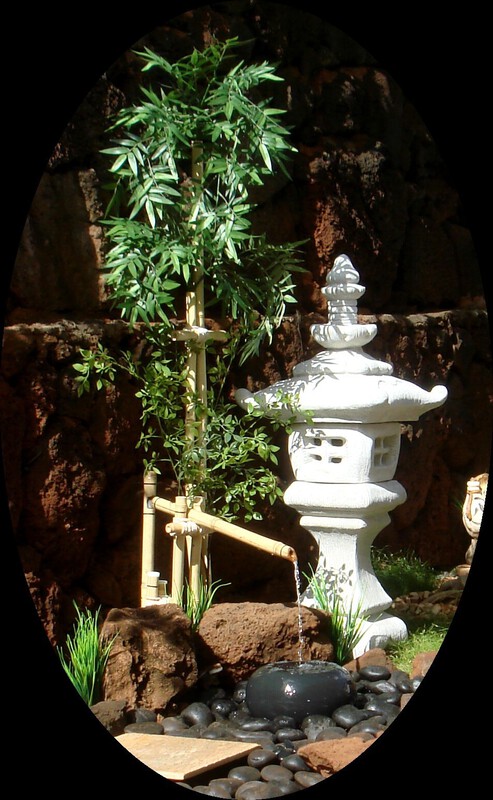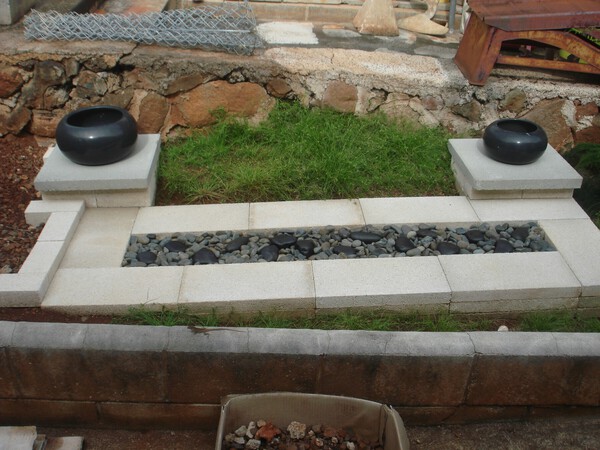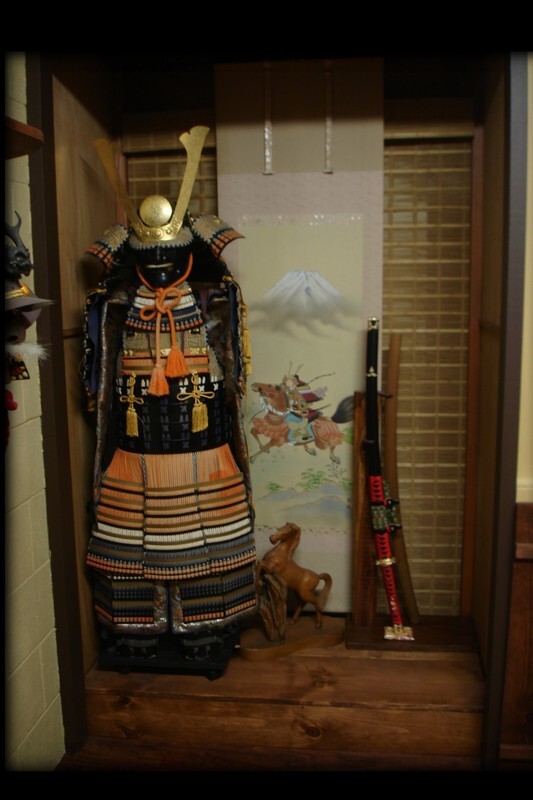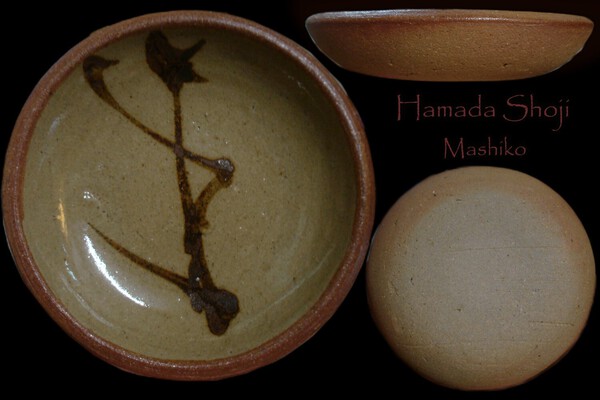-
Posts
317 -
Joined
-
Last visited
-
Days Won
6
ken kata's Achievements
-
Japanese GARDEN STONE LANTERNS
I love Japanese Stone Lanterns.
Lanterns are one of my favorite Japanese Garden items .
Of course, there "Authentic/Old" and, "Authentic New", and, the type can afford nd find locally in Honolulu Hawaii.
I found some at KISO STORE, in Waipahu, Hawaii.
They have been in business for decades.
They have a connection to a local guy that makes concrete Japanese type Lanterns.
I am so thankful and fortunate to have them here.
If not for them, I would have to buy and pay for shipping to Hawaii.
So far, I have 2 of their Tachigata doro ( Daitsuki ) and, another that I do not know the name / type of lantern it is..
Here are a few videos that are found from YOU TUBE , about JAPNESE STONE LANTERNS :
1) (JGTV) Do you know how many types of stone lanterns there are?
2) How to choose a stone lanterns in a Japanese garden.
3) Lantern Store
4) Lantern Storage Yard
There are my two types of Concrete Lanterns I bought from KISO STORE :
-
Newly renovated front door Garden section. I wanted to do a "Make Over" of my mother's yard.
" Before and After" photos of the front door side garden.
I was trying to make a Japanese style Garden.. As always, I am not fortunate enough to be able to spend and/or obtain
authentic Japanese Stoneware ( Lanterns / Tsukubai , rocks and stepping stones ) and plants.
It's my fault for being incompetent.
I depend on Lowe's, Home Depot, Amazon, e bay, and, KISO STORE in Waipahu, Hawaii.

-
Niwa-shi - Stone Pathways
Nobedan -
One of my favorite types of Stone Pathways are Nobedans.
I am still researching the name, the types / categories,
and/or styles of these combinations of slender rectangular cut stones and flagstones/rover stones/rocks.
And, the applicable "rules" , do's and don'ts , suggestions of design and history of Nobedans.
I keep searching the Internet and YOU TUBE for information and knowledge.
I am hoping to find a comprehensive and well made site on Nobedans to learn more about them.
Below is a photo of a " Nobedan inspired " setting of Concrete Tile Caps and River Rocks from LOWE'S.

No money, no Nobedam... LOL

-
I want to be a Niwa-shi

I've been fixing up the outside yard of my Mother's house for about a year.
I m trying to make " Japanese Style" Gardens, in/on the little areas , and, where ever there is
spaces/places that needs "improvement" / " Attention"..
I want to get a "KEI
I have been trying to learn as much as I can about Japanese Gardens and trying to learn what
" Niwa-shi's " learn / know...
One thing is for certain..
Unless you have a lots of money, you can't make a nice " Authentic " Japanese style Garden anywhere in the world.
It's hard to find authentic Japanese Stone works ( Lanterns , Chozu baichi / Tsukubai ( Water Basin ), etc.....
And, If you live in Japan, you will need a lot of money to make a Japanese Garden.
Japan has all the items you would need, and, they are all aged ( Koko / Wabi Sabi " ) and " authentic".
I've been looking around trying to buy a Stone Lantern.
The shipping alone is $$$$.
I thought I'd better look of someone in Hawaii that has one to sell.
I was looking for a Renkei Lantern.
I can' seem to find articles or any websites that gives information on these "cantilever" type Lanterns.
I saw this " Cement/Concrete " Renkei Style Lantern at KISO STORE, a place that sells Garden and Yard Masonry and Rock/landscape Items in Waipahu, Hawaii. Very basic. I'm not sure how tall it is.
I will be inquiring soon.
-
Japanese Ceramics - Soma
I'm sure you guys all know Soma ware.
If you see their tea cup and dish wares, you will know immediately.
This is a Tea Bowl that I bought a few years ago.
A bit different from what Soma is noted for..
SOMA YAKI link :
https://www.jcccw.org/nikkei-news/2020/6/11/soma-yaki-pottery-loved-by-Japanese-americans
From the link above :
" On March of 2011, an unprecedented disaster struck the Soma-yaki potters.
The tsunami that ensued from the magunitude-9 Great East Japan Earthquake damaged the Fukushima Daiichi Nuclear Power Plant, which was located only a few miles from Namie, and caused one of the worst meltdowns in history.
The town’s entire population of 21,000 was evacuated. As of May 2020, most of Namie, including Obori was still heavily contaminated with radiation, and access remains restricted. Before the earthquake, there were about 20-25 factories.
Unfortunately, due to the aging of potters, and financial issues in addition to the tremendous difficulties caused by the evacuation, some of them went out of business. The other half moved away from the region and got to rebuild kilns.
Today, they create tableware, decor and jewelries with new fashionable designs as well as the traditional double-wall crackleware with an image of a horse, appreciating that they can make Soma-yaki again. "
-
Japanese Ceramics -Sumidagawa
I bought this pretty vase/Flask , and, I have only seen one other like it for sale.
I also got two other rSumidagawa vases.
Those have the small men or children figurines on the other surfaces.
The Crab Theme ones are the hardest to find.
Not to be confused with the Rakuzan , Shigaraki or Suigetsu ceramic Crabs.
I will post my ceramic "Crab" collection soon.
-
Nihonto - Wakizashi in Shirasaya
I got this Wakizashi awhile back. I still don't know what it is.
I got several blades that I never posted to inquire about.
Most of my blades are the " low cost" , and, not worth posting , and,
wasting the other member's time..
I just look at my swords when I feel like looking.
I have been fortunate to have 3 rooms that I can use to make my small
Japanese Museum with my collectables .
I think I got over 500 pieces of Japanese tea bowls and other ceramic pieces.
I surround myself in my collection.

-
-
-
Kitaoji Rosanjin - Joan Mirviss Lectures
I enjoy Joan Mirviss' lecture on Japanese Ceramics.
She just up-loaded two more video Lectures on Kitaoji Rosanjin and other passed Japanese Potters.
-
The Unknown Craftsman -Shoji Hamada, Mashiko, Mingei and Karatsu
Another love of mine is Shoji Hamada and the Hamada Family, and, Mashiko ware and the Mingei Movement.
After my love for Seto/Mino wares and Karatsu ceramics, I enjoy Mashiko and the Hamada Family Tradition.
I have always felt the connection between Karatsu ware and Mashiko ware.
I love the brush work of the Potters.
e-shino, Oribe, e-Karatsu all have that Ink Brush Paintings that I love.
It started with Chinese ink Brush Paintings on scrolls.
From realistic to impressionistic, and, then, catching the love of the Japanese people.
Also, from Korea, in their " Buncheong " which is short for " Bunchong Punch'ǒng Sagi " .
" Gray stoneware body coated with a white slip, and decorative designs are painted on using an iron pigment., under a clear glaze with greenish tint. "
My Shoji Hamada Mizusashi ( Water Jar )
-
Phil Rogers 1951 - 2020
This December 22nd, will be one year since the passing of Phil Rogers..
One of the great potters that brought so much to the modern world of pottery.
In the sense , he brought us closer in to the world of Japanese ceramics and pottery.
Since Phil's passing, I notice that most of his videos on Japanese pottery and his visits to the Mashiko shops and the works and world of Shoji Hamada, the Hamada Family, and, the Mingei Movement were removed from the internet.
I loved watching those videos over and over.
Thank You Phil Rogers..
You will be missed....
I did have a chance to speak to Phil, and, I bought one of Shoji Hamada's
H133 Pressed dishes..
" These pressed dishes, influenced by English slip ware
hump molded dishes, were a form that Hamada produced
in various glazes and patterns.
This example carries the broken straw motif in iron brush pattern.
A very typical and immediately recognizable work by Hamada, and,
very suitable as a first Hamada Shoji in a Collection "
- PHIL ROGERS
I received this dish from Phil Rogers about two years ago..Dish is 5 inches across.
Shoji Hamada's "Broken Sugarcane" Brush work is well recognized in the Mashiko/Mingei world.



